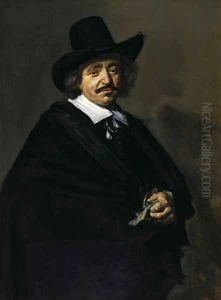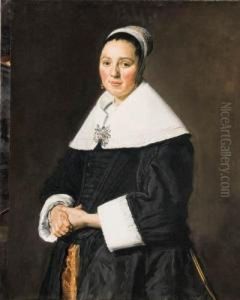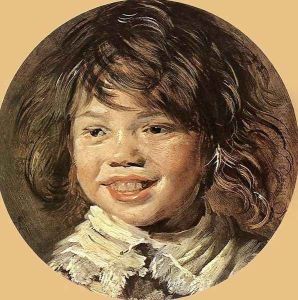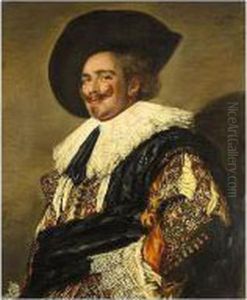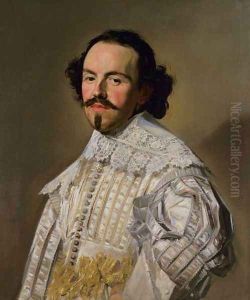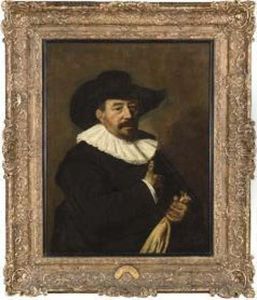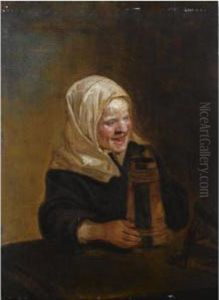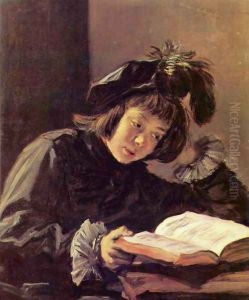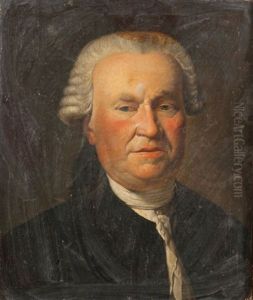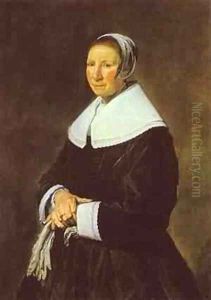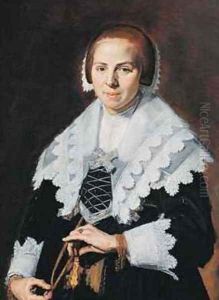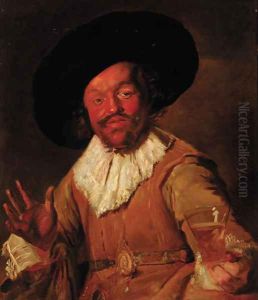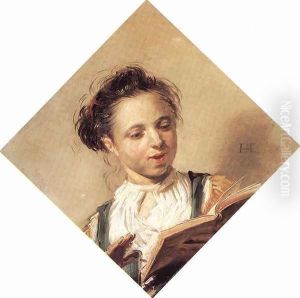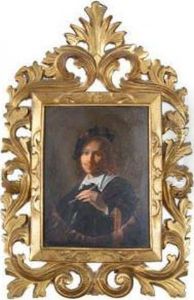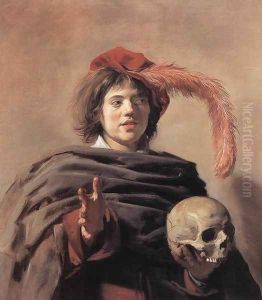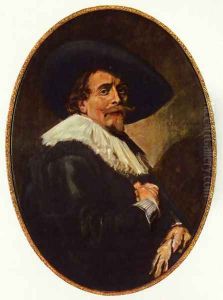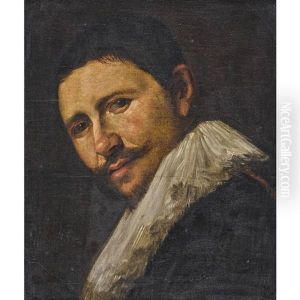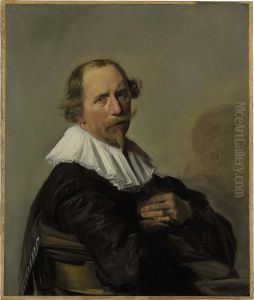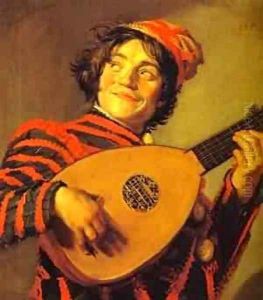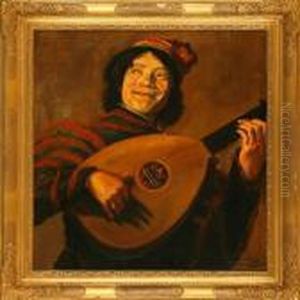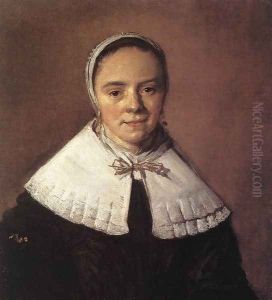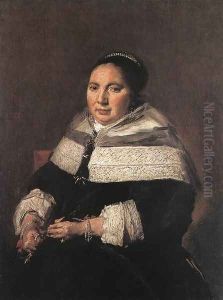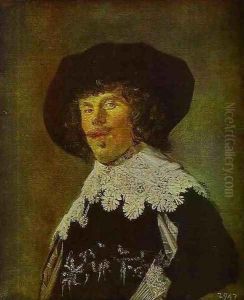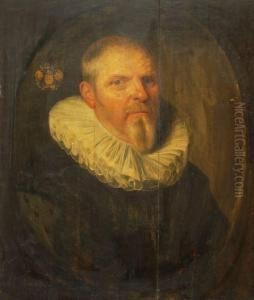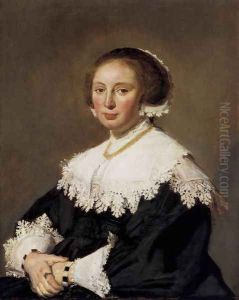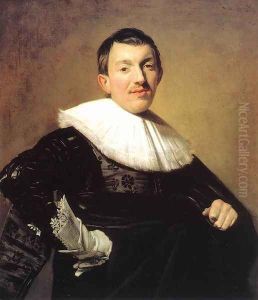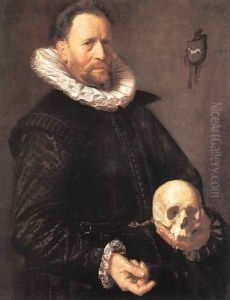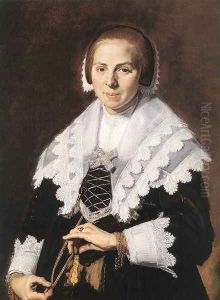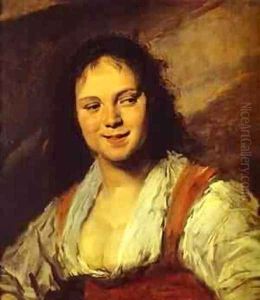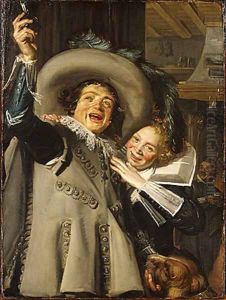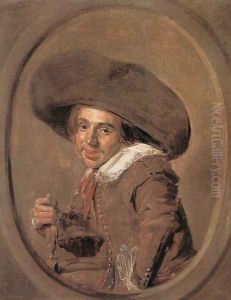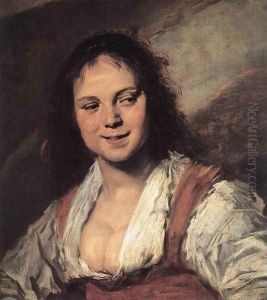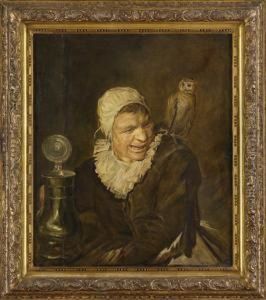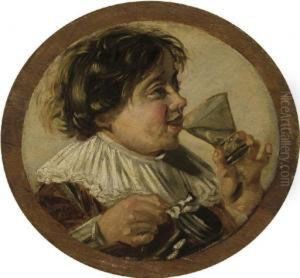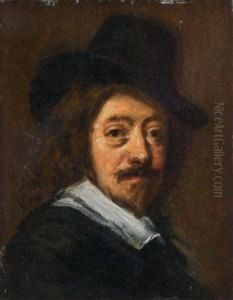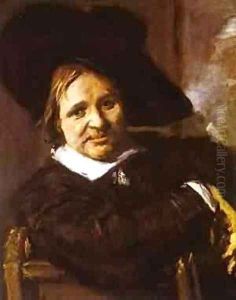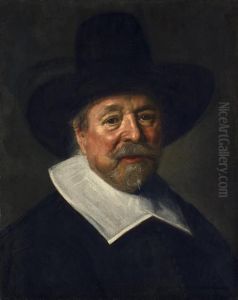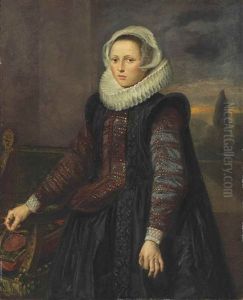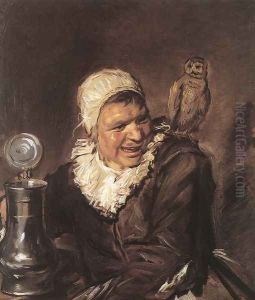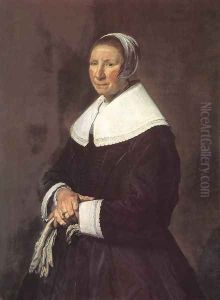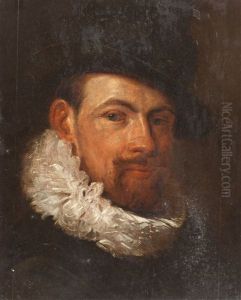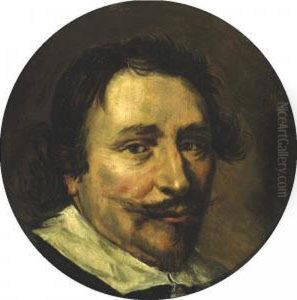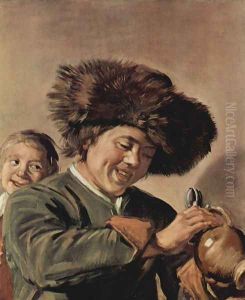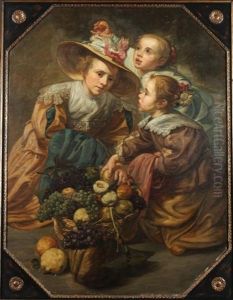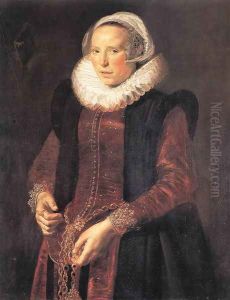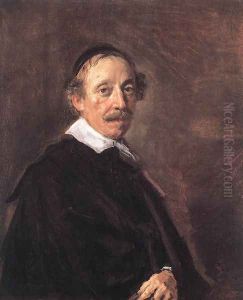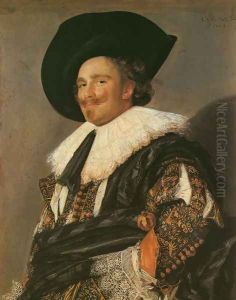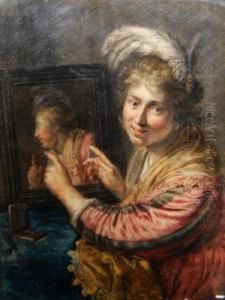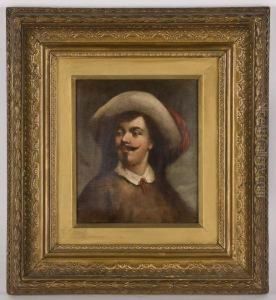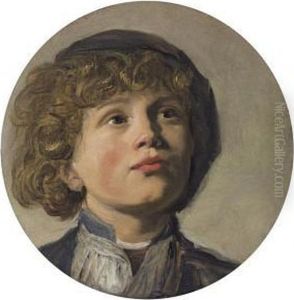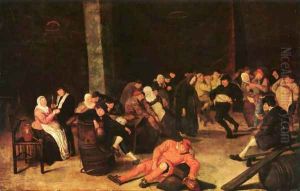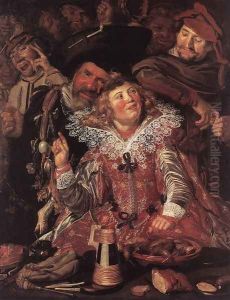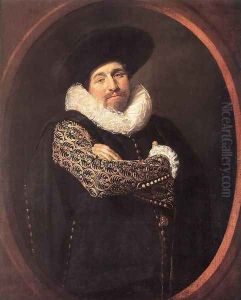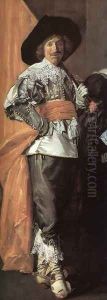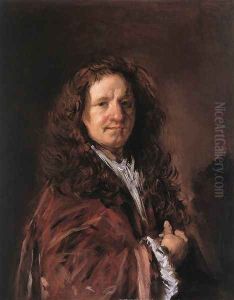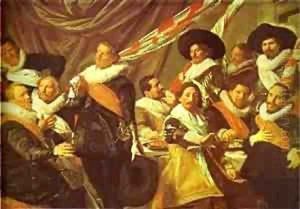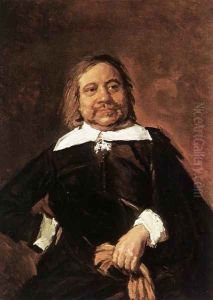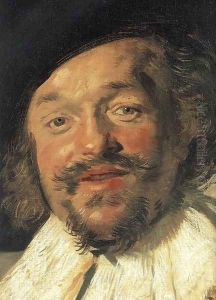Frans Hals Paintings
Frans Hals was a Dutch Golden Age painter, born in Antwerp but active in Haarlem, where he lived for the majority of his life. Hals is best known for his lively and spirited portraiture, which exhibits a remarkable sense of movement and expression. He was born between 1582 and 1583 to a cloth merchant family that fled to Haarlem during the Spanish occupation of the Southern Netherlands.
Hals was apprenticed to the painter Karel van Mander around 1603, and he became a member of the Haarlem Guild of Saint Luke in 1610, which marked the start of his professional career as an artist. His early work followed the Mannerist style of the time but soon evolved into a more naturalistic approach to painting.
Throughout his career, Hals painted mainly portraits, and he was particularly adept at capturing his subjects in mid-action, a style that was innovative at the time. His brushwork was notably loose and free, which gave his paintings a lively, almost impressionistic quality that was well ahead of its time. This technique, combined with his ability to render texture and light, made his work highly sought after by patrons, particularly in the city of Haarlem.
Some of Hals' most famous works include 'The Laughing Cavalier' (1624) and 'The Gypsy Girl' (1628–30). He also painted large group portraits for local civic guards and corporations, such as 'The Banquet of the Officers of the St George Militia Company' (1616) and 'The Regents of the Old Men's Almshouse' (1664). These group portraits are celebrated for their dynamic composition and the varied expressions of the subjects.
Later in life, Hals' popularity waned as his style fell out of favor, and he faced financial difficulties. Despite this, he continued to paint and innovate, and his work influenced later artists, including the Impressionists of the 19th century. Today, Frans Hals is recognized as one of the masters of portraiture and an important figure in Dutch art history. He passed away in Haarlem in 1666.
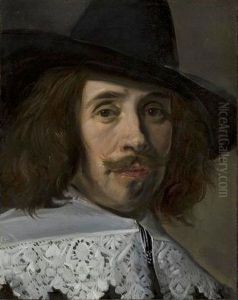
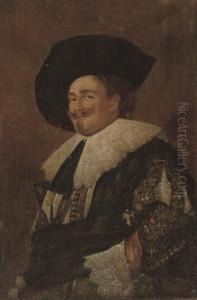
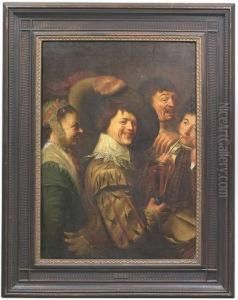
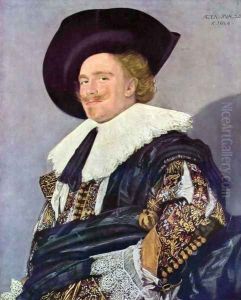
![[1]](https://www.niceartgallery.com/imgs/4616268/s/frans-hals-1-d1f66b88.jpg)
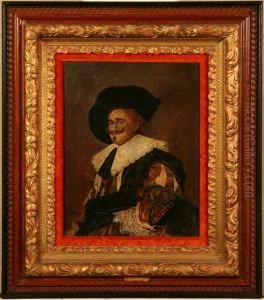
![[2]](https://www.niceartgallery.com/imgs/4617877/s/frans-hals-2-2110aacb.jpg)
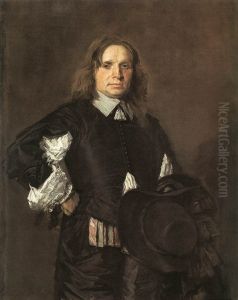
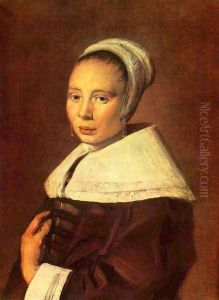
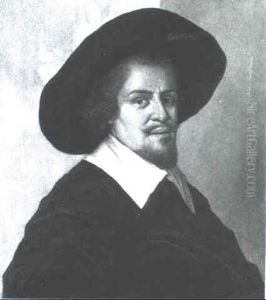
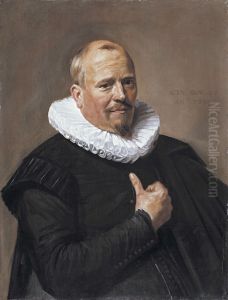
![[1]](https://www.niceartgallery.com/imgs/4617964/s/frans-hals-1-78fb94ba.jpg)
